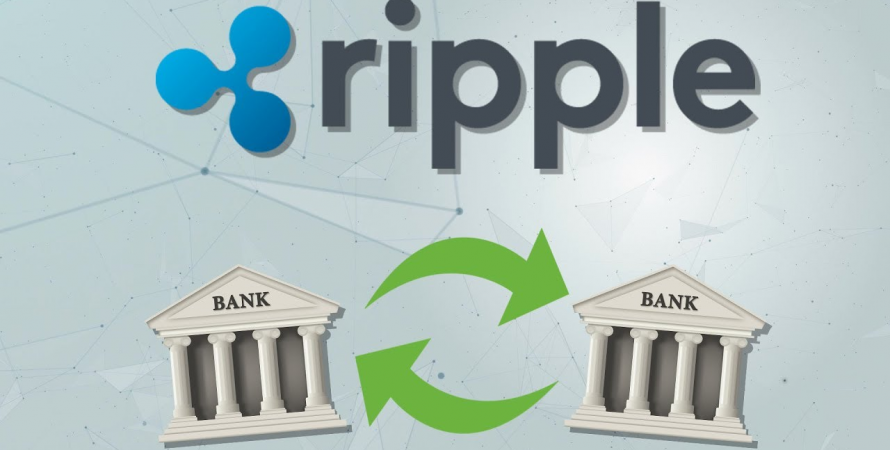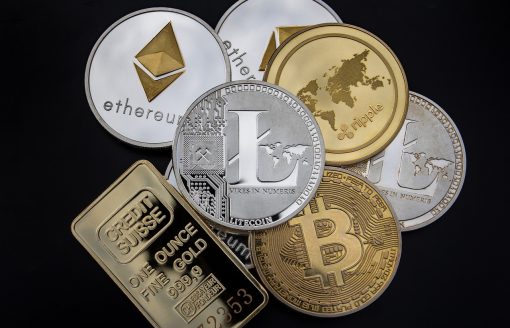The blockchain technology is not just an untested new technology on the market anymore. It is being adopted by many individuals and financial institutions alike primarily because of its decentralized and safe network. Ripple, by adding 5 more banks to its existing list of partners, has come out on top of this new wave. Ripple’s native cryptocurrency XRP is only third behind Bitcoin and Ethereum.
But there’s more to it than just another cryptocurrency. Ripple provides currency exchange and remittance services to the user, even giving them the choice to use XRP. This is what makes it so attractive to the banks! It allows them to directly perform transactions without any intermediaries, thus lowering the cost of the total settlement. Usage of XRP further reduces the liquidity costs.
In light of this, it is no surprise that recently, the list of banks that have signed up with Ripple are over 100 (source:). Brazilian Bank Itaú Unibanco and remittance provider BeeTech have joined RippleNet, along with the Canadian Company ZipRemit. The client list, which already included banks like IndusInd Bank (India), Bank of America, etc consists of at least 11 of the world’s top banks. MUFG-the world’s fifth largest bank-was one of the firsts to join RippleNet.
Currency exchange and remittances are more in demand now that people have started migrating all over the world, and Ripple provides a low cost solution for the same. India, being one of the largest recipient of personal remittances in the world, too is adopting Ripple, despite it’s apprehensive attitude towards digital currencies.
While the expansion of Ripple as the choice of network for such transactions may take time, it is evident that soon, it will become a norm.






Mining Program Powered by Indian Chamber of Commerce